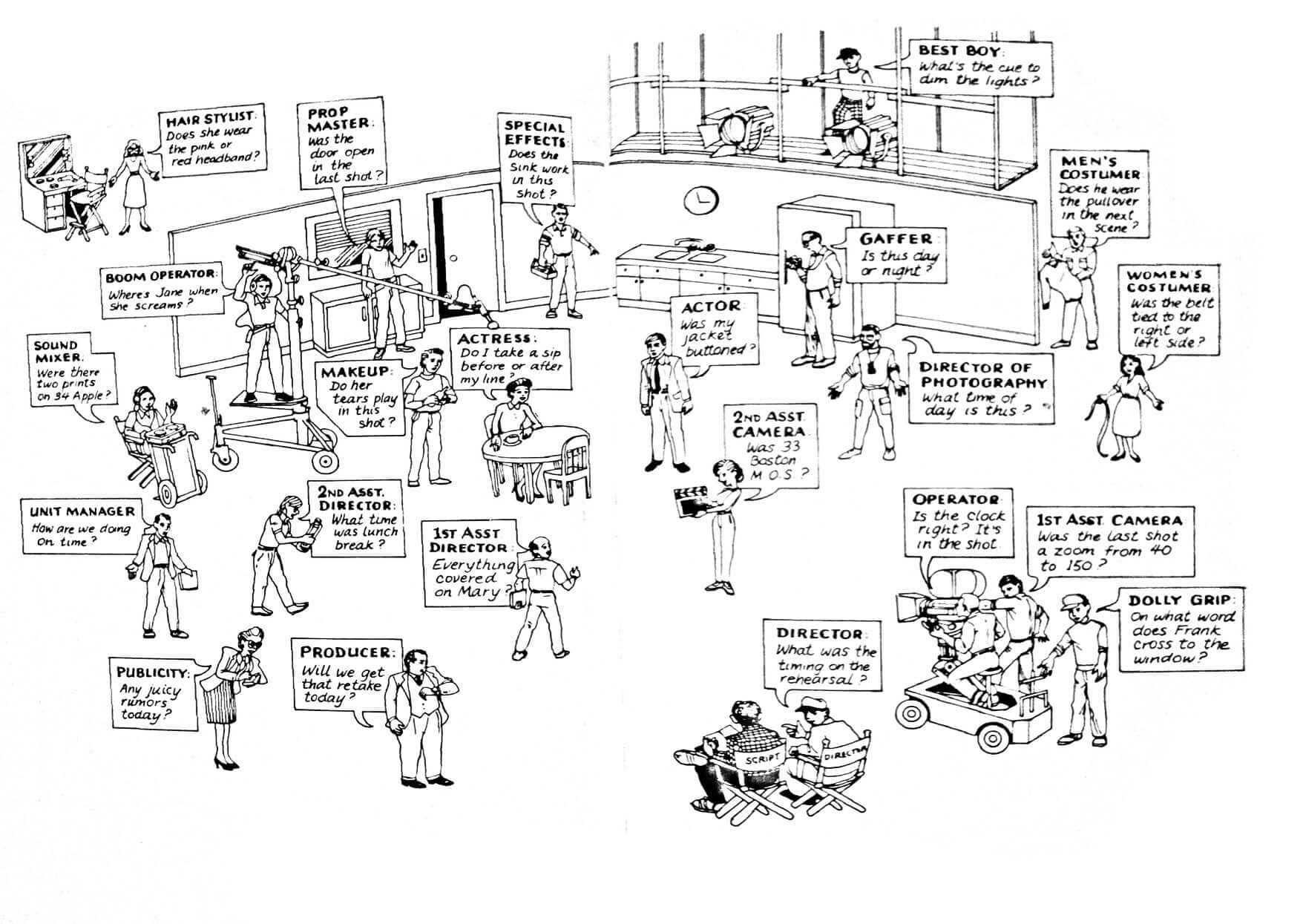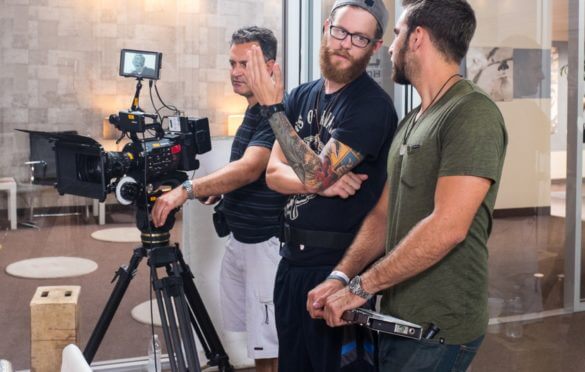

U nderstanding the essentials of film set etiquette is paramount when creating a streamlined production without any obvious hiccups. Our friends at Screencraft have provided a useful 6 step guide on helping your cast and crew learn about film set etiquette.
Nothing speaks more to your professionalism than the way you conduct yourself on set. I can’t tell you how many times I have cringed for certain crew members who, out of ignorance, made totally inappropriate comment in areas that they have no business being. The running of a professional motion picture set is a high-pressure, high-stakes endeavor. Knowing how to conduct yourself in the job that is assigned to you is of the upmost importance in being recognized as a working professional.
There are some “common sense” faux-pas which should never happen. Like the Art Department assistant looking over the Director’s shoulder and saying that he didn’t think an actor gave a very realistic performance. Or the Data Wrangler sitting behind the director and department heads in dailies commenting on the way a particular shot is framed.
One of the most visible errors in film set etiquette is an actor that “cuts” himself or herself mid-take. An actor shouldn’t judge his own performance or second-guess the director. The actor might not know the Director’s plan and could have messed up a valuable take.
In theory, the Director is the only person that says cut. It used to be that the camera-operator could say it, but that was back when the operator was the only person who ever saw the shot before dailies. The camera operator used to have great power back then because he was at the nexus of the filmmaking process. He was the only witness to the culmination of all filmmaking elements coming together; only he could see if the shot was hopelessly going awry. This gave him the power to say cut.
Nowadays, almost everyone has an eye on the production monitor which has put the sole power to cut back in the Director hands. The exception to this rule is for reasons of safety on set. If the First Assistant Director, (who incidentally is considered the primary safety officer on-set), sees that something is going wrong with the choreography of the shot, he is empowered to yell cut. This goes also for the Stunt Coordinator, but not limited to anyone who sees something dangerous unfolding on set.
If you see something, say something.
I don’t want anyone to get the idea that everyone needs to keep tight-lipped on set. However, if your craft requires it, it’s important to speak up at the end of the take if something was unsatisfactory. But knowing when things are acceptable is a very fine line.
For instance, a Sound Mixer is the only person listening to the audio. If a truck rolled by and ruined the take, he has to speak up. But if a truck rolled by in the background and he knows that with modern technology it can be filtered out in post production, he should mention it as a ‘for your information’ to his department head and then let it go.
Having experience makes this possible for a mixer to know the difference.
Another job on set that’s tricky in terms of knowing when to speak and when to shut up, is the Script Supervisor. A Script Supervisor who is also referred to as Continuity is responsible for whether the shots will cut together seamlessly without any mismatches.
They are also responsible for the actor saying the right lines from the script and for keeping track of all the coverage in the scene. It would be easy to announce when an actor or Director has made a mistake, but the best Script Supers will whisper with the actors if they are holding a prop in the wrong hand, or talk individually with the Director and D.P. if someone’s eye-line has been crossed. There’s no need to call each other out on errors when a quiet, calm word will do.
Experience and unobtrusive efficiency is everything.

All sets are unique. Some are chatty fun places where everyone is fooling around and no one seems to mind. Others are quiet, somber places for actors to do serious work in a safe environment in order to give heavy, award-winning performances.
Take your lead from the department heads, starting with the Director and the First Assistant Director. If in doubt, don’t say anything unless it is to your immediate supervisor and directly about the job you’re in charge of.
Follow these tips and you’ll have more fun doing your job, blend with your environment, and soon be appreciated as the consummate professional on set.
We hope that you’ve found these film set etiquette tips useful to run an efficient set. For more useful production hacks on set, take a look at StudioBinder’s Night Shooting Survival Guide.